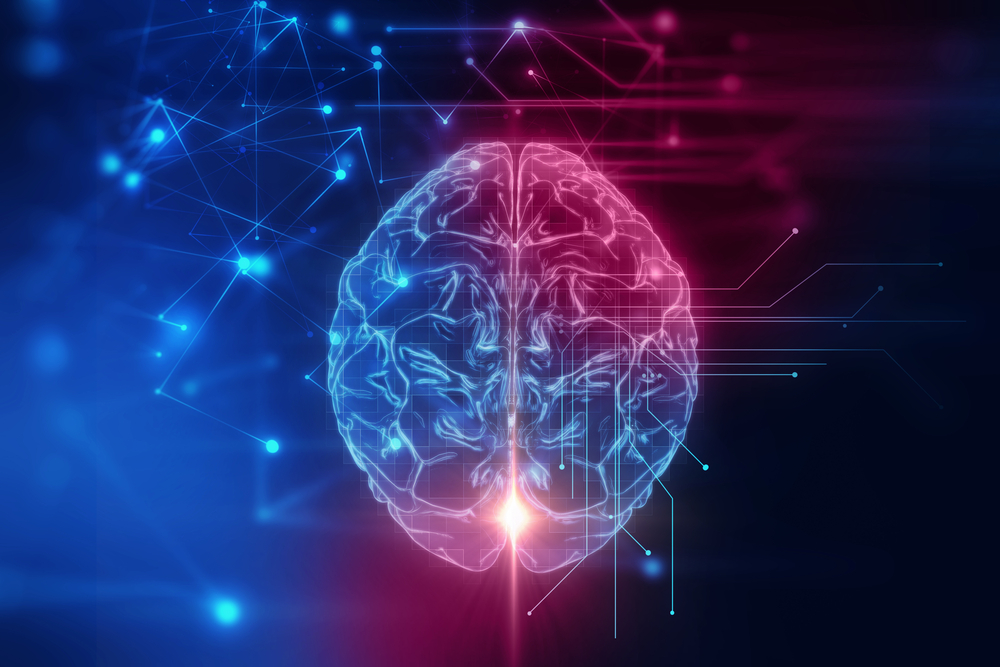According to a paper published by neuroscientist Brice Kuhl and Hongmi Lee, a team of researchers from the University of Oregon developed a mind-reading system. It analyzes brain activity and is able to read people’s thoughts with the use of artificial intelligence (AI).
How a machine can read your thoughts
The team used an MRI machine to detect subtle changes in blood flow, which meant neurological activity in the brain. A total of 23 people participated in the study, and while they were on the machine, they were shown images of hundreds of different faces. Acquired data was then read by an artificial intelligence program so it could then attempt to recreate the faces the participants were seeing.
At first, the AI was given the participants’ brain activity patterns and a mathematical description of each face being seen. The team came up with 300 numbers and attributed them to physical features the faces had. This first phase was just a test that helped the AI program accrue the information and customize its algorithm to better match brain activity to images of faces.
Then, the participants in the MRI were shown new faces. This time the computer didn’t have access to them, and had to read people’s thoughts in order to “see” the face the participants were seeing.
The results weren’t great: the AI came up with faces that had blurry edges, shifts in skin tone, and an overall unnatural look. The AI program was, however, able to get certain facial expressions and details right – smiles and wrinkles, for example.
The researchers then shown the images the computer came up with to online survey respondents, who were able to identify basic details. They identified whether the person was male or female, or if it was happy or sad, for example.
Speaking to Vox, Brice Kuhl said:
“We can take someone’s memory — which is typically something internal and private — and we can pull it out from their brains.”
Reading memories
The team even tried to go to the next level. The researchers tried to get participants to see a face, memorize it, and have the AI reconstruct the face based on the person’s memory. The results were much worse, as further discrepancies could be found in the generated faces.
The goal, according to researchers, isn’t reading people’s minds and finding out their innermost secrets. It’s to understand how the brain works, as the regions targeted in the study have been known to be related to vivid memories. It is, however, scary to know that mind-reading technology has arrived, and that it can read our thoughts instantaneously – even though it doesn’t do it too well just yet.
According to Kuhl, it is possible for the team to get better results, as long as the AI program is given enough time to learn. Ideally, participants should go through at least 10,000 faces to help the AI grow “smarter”. However, this feat would be quite unfeasible, as the participant would have to analyze faces for days, and receive a huge amount of radiation from the MRI machines.
If you liked this article, follow us on Twitter @themerklenews and make sure to subscribe to our newsletter to receive the latest bitcoin, cryptocurrency, and technology news.

